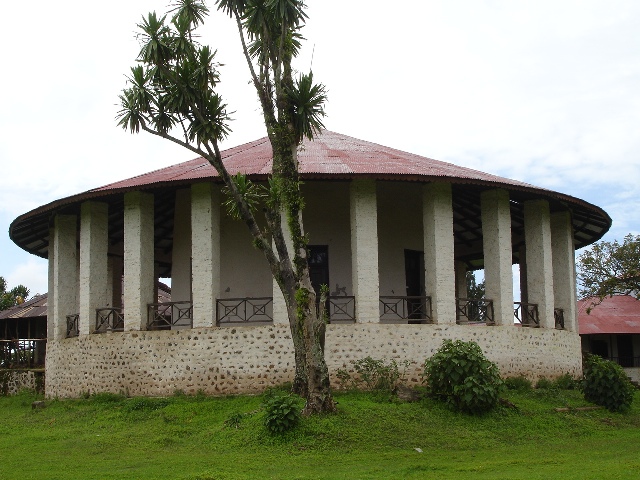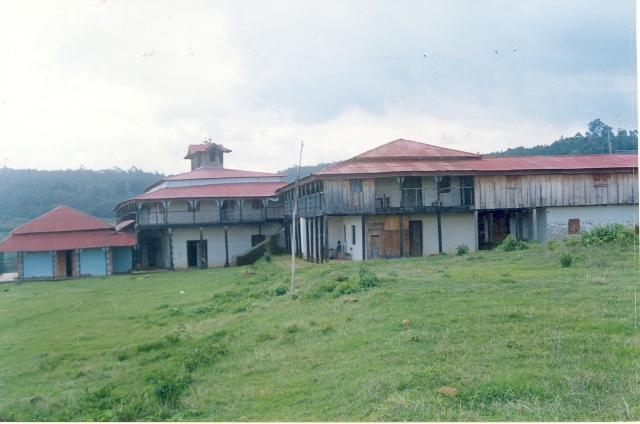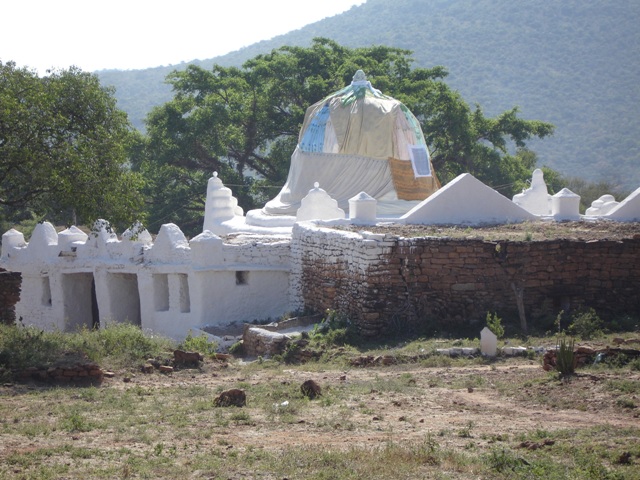Oromia region’s abundant historical remains illustrate the Oromo people’s past experiences starting from the architecture of the hut to the elegant palace building, from the patrician administration system to the modernized democratic system (Gada), from the local barter operations to the international trade routes in antiquity when gold, ivory, myrrh, etc. was the item of exchange with Pharaonic, Egypt, Greece, Rome and Persia and so on. The Oromia region offers a rich mixture of the best of Ethiopia’s history and the people have had a great share in making today’s Ethiopia. Therefore, there are sites and material objects marking this history which the Oromia National Regional state has committed itself toward enhancing to assist the scientific study and development of Oromo’s history. Corresponding with these outstanding historical events, the memorial monuments have been built at different sites to sustain history for the next generations. There are also a number of palaces or mansions of dignitaries in the hierarchy of early ruling aristocratic regimes after the disintigration of the original Gada system. These heritages are still conserved and preserved by the local people amongst which the Abba Jifar Palace, Kumsa Moroda Palace, Ambo Palace, Ambo palace, and Habtegiyorgis dinagde palace can be mentioned as examples.









